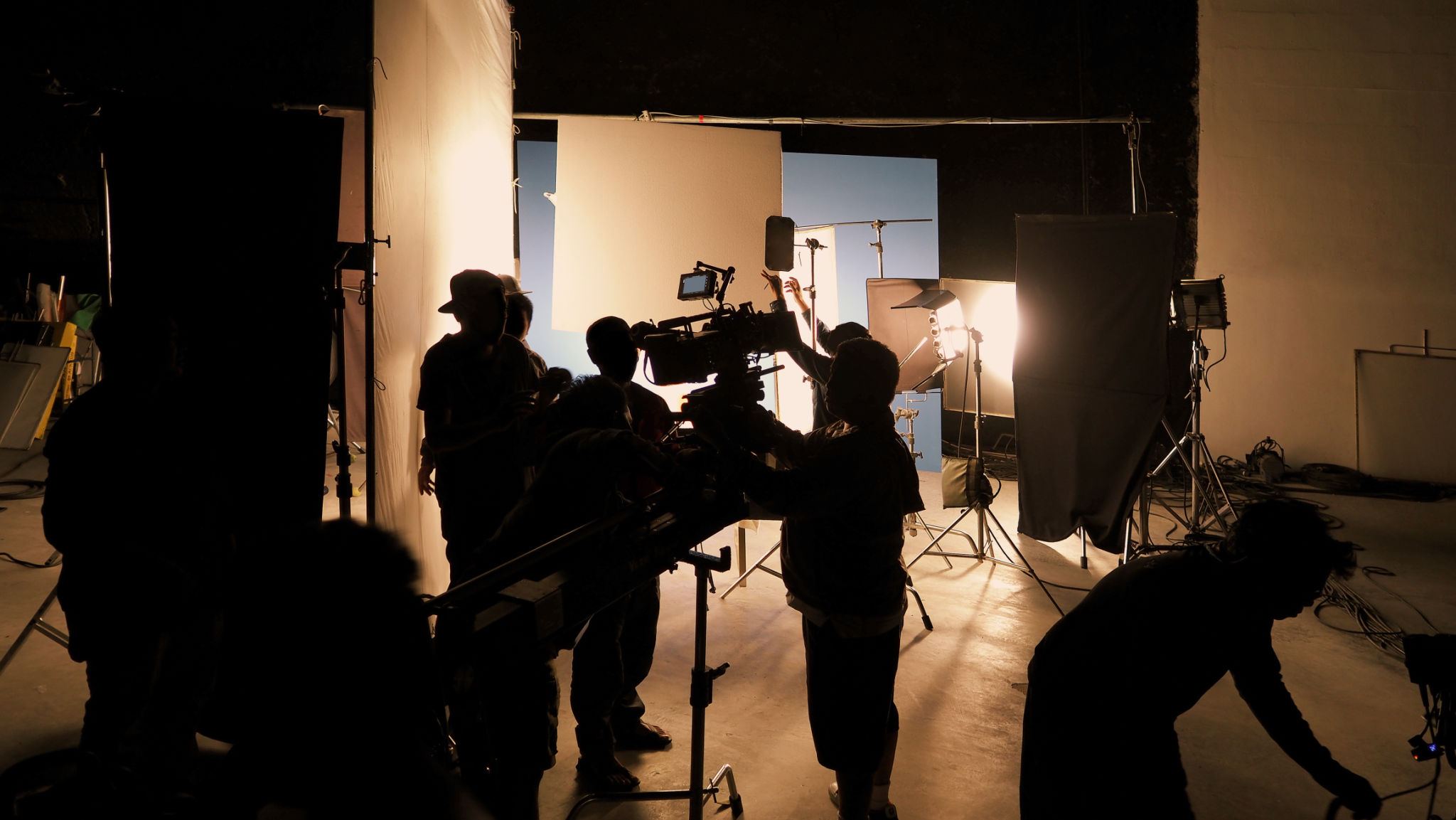The Art of Video Storytelling
the Basics of Video Storytelling
Video storytelling combines creativity, technical skills, and a basic understanding of human psychology to convey powerful (or targeted) messages. At its core, it involves crafting a narrative that captivates an audience, driving them to think, feel, and act. Whether you are a marketer, a filmmaker, or a content creator, mastering this art form can elevate your content and engage viewers on a deeper level; or make you a bunch of money.
Before diving into video storytelling, it's essential to understand your audience. Knowing who they are, what they care about, and how they consume content will influence the direction of your story. This understanding helps in crafting a narrative that resonates and ensures that the message you intend to deliver is received as intended.

Crafting Your Story
Every great video begins with a compelling story. At its heart, storytelling is about creating a connection between the audience and the content. Start by identifying the core message you want to convey. What is the primary takeaway for your viewers? Once you have determined the message, build a narrative arc that includes a beginning, middle, and end. Shorts are a great way to do this. Practice on breaking down longer pieces of content into multiple shorts. You'll find multiple points that can end up being it's own beginning, middle and end.
The beginning should hook your audience, capturing their attention right away. The middle should develop the story, introducing conflict or challenges that keep viewers engaged. Finally, the end should provide resolution, leaving viewers with a clear understanding or call to action. Remember, a well-structured story not only entertains but also informs and inspires. Again, practice by breaking down a longer piece of content into shorts.

Utilizing Visuals and Sound
The visual and auditory elements of a video are crucial in enhancing the storytelling experience. Use visuals to support and amplify the narrative. This could include dynamic shots, engaging graphics, or animations that add depth to the story. Additionally, consider the color palette and lighting as they can evoke specific emotions that align with your message. Color can be played with through wardrobe and something as simple as shooting at different times of day create changes in lighting.
Sound is equally important in video storytelling. Music can set the tone and pace of the story, while sound effects can add realism or emphasize certain moments. Dialogue should be clear and concise, serving to drive the narrative forward without overwhelming the viewer. Sometimes MOS (or no sound) speaks volumes. The first films were silent after all.

Editing: The Final Touch
Editing is where all elements of video storytelling come together. This makes or breaks your project. Editing also acts as a signature for filmmakers. During editing, focus on pacing to ensure the story flows smoothly from one scene to the next. Use cuts and transitions wisely to maintain continuity and keep viewers engaged. A DP (director of photography) or cinematographer should be the editor's best friend.
Consider incorporating visual effects or motion graphics where appropriate to enhance certain scenes. However, avoid overusing them as they can distract from the narrative. The goal is to create a seamless viewing experience that feels natural and supports the story. If your're going to overuse them then make sure that's thought of in the planning stages.

Testing and Feedback
Before finalizing your video, it’s important to test it with a sample audience. Gather feedback on various aspects such as clarity of message, engagement level, and emotional impact. This feedback can provide valuable insights into how your story is perceived and highlight areas for improvement. Usually this is the client, but they won't have enough time to really approve changes.
Conclusion: Keep Evolving
Mastering the art of video storytelling is an ongoing journey. As technology evolves and audience preferences shift, it's crucial to stay updated with the latest trends and techniques. Continuously refine your skills through practice and experimentation (such as AI).
By understanding your audience, crafting compelling narratives, utilizing visuals and sound effectively, and refining through editing and feedback, you can create impactful videos that tell stories worth sharing. Embrace the power of video storytelling to connect with your audience on a profound level.